Breaking Changes
This documentation explains how to handle breaking changes in your app using versioned channels. This approach allows you to maintain different versions of your app while ensuring users receive compatible updates.
Example Scenario
Section titled “Example Scenario”Let’s say you have:
- App version 1.2.3 (old version) - uses production channel
- App version 2.0.0 (new version with breaking changes) - uses v2 channel
- Live update 1.2.4 (compatible with 1.2.3)
- Live update 2.0.1 (compatible with 2.0.0)
Strategy: Always Use defaultChannel for Major Versions
Section titled “Strategy: Always Use defaultChannel for Major Versions”Recommended approach: Set a defaultChannel for every major version. This ensures you can always push updates to specific user groups without relying on dynamic channel assignment.
// Version 1.x releasesdefaultChannel: 'v1'
// Version 2.x releasesdefaultChannel: 'v2'
// Version 3.x releases (future)defaultChannel: 'v3'1. Create Channel for New Version
Section titled “1. Create Channel for New Version”# Create channel for version 2.xnpx @capgo/cli channel create v22. Update Capacitor Config for Version 2.0.0
Section titled “2. Update Capacitor Config for Version 2.0.0”Update your Capacitor config before building version 2.0.0 for the app store:
import { CapacitorConfig } from '@capacitor/cli';
const config: CapacitorConfig = { appId: 'com.example.app', appName: 'Example App', plugins: { CapacitorUpdater: { // ... other options defaultChannel: 'v2' // All 2.0.0 users will use v2 channel } }};
export default config;3. Manage Separate Code Branches
Section titled “3. Manage Separate Code Branches”Create separate git branches to maintain compatibility between app versions:
# Create and maintain a branch for version 1.x updatesgit checkout -b v1-maintenancegit push origin v1-maintenance
# Your main branch continues with version 2.x developmentgit checkout mainCritical: Never push JavaScript bundles to older apps that expect native code/APIs they don’t have. Always build updates from the appropriate branch:
- v1-maintenance branch: For updates to 1.x apps (production channel)
- main branch: For updates to 2.x apps (v2 channel)
4. Upload Bundles to Respective Channels
Section titled “4. Upload Bundles to Respective Channels”# For 1.x updates: Build from v1-maintenance branchgit checkout v1-maintenance# Make your 1.x compatible changes herenpx @capgo/cli bundle upload --channel production
# For 2.x updates: Build from main branchgit checkout main# Make your 2.x changes herenpx @capgo/cli bundle upload --channel v25. Enable Self-Assignment
Section titled “5. Enable Self-Assignment”# Allow apps to self-assign to v2 channelnpx @capgo/cli channel set v2 --self-assign6. Deploy to App Store
Section titled “6. Deploy to App Store”Build and deploy version 2.0.0 to the app store. All users who download this version (whether new users or existing users upgrading) will automatically use the v2 channel because it’s configured in the app bundle.
Scaling to Future Versions
Section titled “Scaling to Future Versions”When you release version 3.0.0 with more breaking changes:
# Create channel for version 3.xnpx @capgo/cli channel create v3// capacitor.config.ts for version 3.0.0const config: CapacitorConfig = { // ... plugins: { CapacitorUpdater: { defaultChannel: 'v3' // Version 3.x users } }};Now you can push updates to any version:
productionchannel → Version 1.x usersv2channel → Version 2.x usersv3channel → Version 3.x users
7. Cleanup (After Migration)
Section titled “7. Cleanup (After Migration)”Once all users have migrated to version 2.x (count 3-4 months):
- Remove
defaultChannelfrom your Capacitor config - Delete the v2 channel:
npx @capgo/cli channel delete v2- Delete the v1-maintenance branch:
git branch -d v1-maintenancegit push origin --delete v1-maintenanceAlways test updates thoroughly in each channel before deployment
Maintaining Version 1.x Updates
Section titled “Maintaining Version 1.x Updates”To send updates compatible with version 1.x:
- Switch to the v1-maintenance branch:
git checkout v1-maintenance- Make your changes and commit:
# Make 1.x compatible changesgit add .git commit -m "Fix for v1.x"git push origin v1-maintenance- Build and upload to production channel:
npx @capgo/cli bundle upload --channel production